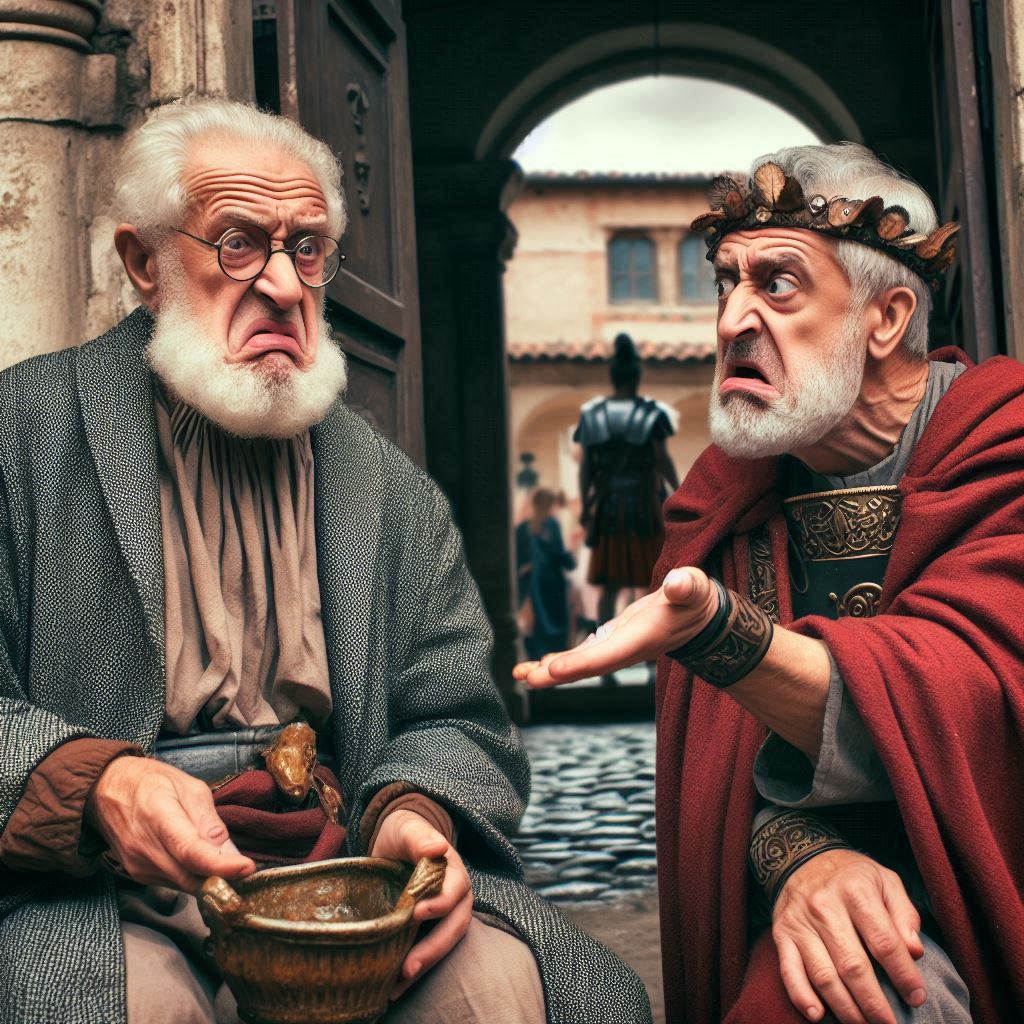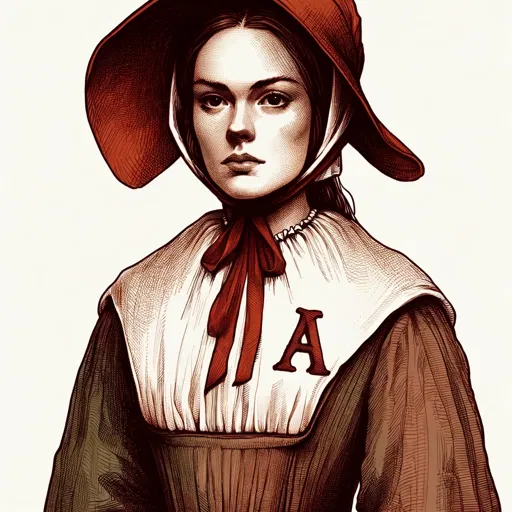In the previous page, the sages started discussing whether death sentences for various transgressions apply to non-Jews as well, leading them to reexamine and carefully delineate the scope of the Seven Noahide Obligations (שבע מצוות בני נח) from Genesis 9 1-7:
וַיְבָ֣רֶךְ אֱלֹהִ֔ים אֶת־נֹ֖חַ וְאֶת־בָּנָ֑יו וַיֹּ֧אמֶר לָהֶ֛ם פְּר֥וּ וּרְב֖וּ וּמִלְא֥וּ אֶת־הָאָֽרֶץ׃
וּמוֹרַאֲכֶ֤ם וְחִתְּכֶם֙ יִֽהְיֶ֔ה עַ֚ל כׇּל־חַיַּ֣ת הָאָ֔רֶץ וְעַ֖ל כׇּל־ע֣וֹף הַשָּׁמָ֑יִם בְּכֹל֩ אֲשֶׁ֨ר תִּרְמֹ֧שׂ הָֽאֲדָמָ֛ה וּֽבְכׇל־דְּגֵ֥י הַיָּ֖ם בְּיֶדְכֶ֥ם נִתָּֽנוּ׃
כׇּל־רֶ֙מֶשׂ֙ אֲשֶׁ֣ר הוּא־חַ֔י לָכֶ֥ם יִהְיֶ֖ה לְאׇכְלָ֑ה כְּיֶ֣רֶק עֵ֔שֶׂב נָתַ֥תִּי לָכֶ֖ם אֶת־כֹּֽל׃
אַךְ־בָּשָׂ֕ר בְּנַפְשׁ֥וֹ דָמ֖וֹ לֹ֥א תֹאכֵֽלוּ׃
וְאַ֨ךְ אֶת־דִּמְכֶ֤ם לְנַפְשֹֽׁתֵיכֶם֙ אֶדְרֹ֔שׁ מִיַּ֥ד כׇּל־חַיָּ֖ה אֶדְרְשֶׁ֑נּוּ וּמִיַּ֣ד הָֽאָדָ֗ם מִיַּד֙ אִ֣ישׁ אָחִ֔יו אֶדְרֹ֖שׁ אֶת־נֶ֥פֶשׁ הָֽאָדָֽם׃
שֹׁפֵךְ֙ דַּ֣ם הָֽאָדָ֔ם בָּֽאָדָ֖ם דָּמ֣וֹ יִשָּׁפֵ֑ךְ כִּ֚י בְּצֶ֣לֶם אֱלֹהִ֔ים עָשָׂ֖ה אֶת־הָאָדָֽם׃
וְאַתֶּ֖ם פְּר֣וּ וּרְב֑וּ שִׁרְצ֥וּ בָאָ֖רֶץ וּרְבוּ־בָֽהּ׃ {ס}
Some language in our page goes as far as Adam, saying that when God spoke to him and Eve in the garden of Eden and “ordered” him things, it was these Noahide obligations that were being issued. I hope the audacity of this exegetical adventure is clear. If we are following the biblical narrative, these commandments, or requirements, are issued to the first human inhabitants of the planet, at a point at which there are no distinctions between Israelites and non-Israelites, Jews and non-Jews. Thousands of years (presumably) later, after Israelite and Judahite kingdoms rose and fell, we have sages in exile not only proclaiming that the prohibited behaviors still apply to their neighbors (in Babylonia!), but also that the biblical punishment for their violation is execution. This is a truly wild expansion of biblical jurisdiction, and it’s especially cheeky considering that the list was expanded from its biblical version (don’t eat blood from a live animal and don’t kill people) to a list of seven. The list changes depending on which school of sages you prefer, but it includes seven (or more) of the following: The seven, then, are: establishing courts, refraining from blasphemy, refraining from worshipping idols, refraining from incest, refraining from killing, refraining from stealing, and refraining from eating the limbs of a live animal. The extensions proposed by certain sages are the prohibition against drinking blood from a live animal (no vampires, d’ya hear?), castrations, witchcraft, and mixing textile and seeds.
The sages ascribe the origin of these obligations to one verse in Genesis 2–the first divine instructions issued to the first humans in the Garden of Eden (and thus applicable to all humans). The original verse is וַיְצַו֙ יְהֹוָ֣ה אֱלֹהִ֔ים עַל־הָֽאָדָ֖ם לֵאמֹ֑ר מִכֹּ֥ל עֵֽץ־הַגָּ֖ן אָכֹ֥ל תֹּאכֵֽל׃. From וַיְצַו֙ (“ordered”) they deduce the court establishment obligation; from יְהֹוָ֣ה (God’s explicit name), the prohibition on blasphemy; from אֱלֹהִים (God), the prohibition on idolatry; from עַל־הָֽאָדָ֖ם (“on Man”) the prohibition on murder; from לֵאמֹר (“as follows”) the prohibition on incest; and from אָכֹל תֹּאכֵל, the invitation to eat fruit, the prohibition of eating limbs and blood from living animals.
This raises some interesting questions about the extent to which Jews are held to higher standards than non-Jews. For example, does a gentile who makes an idol, but does not actually worship it, deserve death? Apparently, Jews in this situation do not, so, a fortiori, gentiles do not either. Another verse suggests that, in addition to the basic Noahide cable package, the Jews receive the platinum package, which includes the obligations of judgment, keeping Shabbat, and honoring one’s parents.
Amidst the support for various Noahide obligations, the sages quote Genesis 9:3, where God offers Man the following buffet: כְּיֶרֶק עֵשֶׂב נָתַתִּי לָכֶם אֶת כֹּל, “like the green herbs I have given you all.” This one I find especially interesting because of the writings for and against vegetarianism and veganism in Jewish law. The sages, who obviously want to eat meat and have no problem with gentiles eating it, too, say that the verse uses the term “like” to compare things available for eating to natural weeds. The fact that cultivated vegetables aren’t mentioned implies that eating meat is fine. Only tearing limbs from animals is not allowed, and even this has an exception: crawling animals (שְׁרָצִים).
Here things turn, as Gen Zers might say, “extra”: the sages start conversing over which Noahide obligations merit an execution. Then, there are relaxed criminal proceedings tilted toward the prosecution in cases of Noahides: only one judge is required, and only one witness must be heard. Let’s set aside the question which Jewish court would presumably enforce these obligations, because at this point Jewish courts were non-existent and didn’t enforce anything against Jews either. Thing is, it turns out that several modern rabbis believe that these things still apply and should be preached to non-Jews, and that there are some non-Jewish groups that identify as Noahide and follow these obligations.
Another interesting twist to all this is the idea that incest operates differently for Jews and for non-Jews–it’s a choice-of-laws problem, if you will. A couple of pages ago, the sages were arguing, with gusto, over which family relationships were forbidden; now we are told that the rules for gentiles are according to their own terms (and who would enforce this?).
The talmudic discussion of these issues is an interesting precursor to an extended enforcement of basic universal norms to the ultimate Noahide Obligations violator: the jurisdictional challenge that Adolf Eichmann, architect of the Nazis’ “final solution” to the “Jewish problem”, raised at the beginning of his 1961 trial in Jerusalem. Back when he had committed the alleged crimes, he argued, he could not have even imagine that, one day, the State of Israel would exist and exercise jurisdiction over him. Moreover, jurisdiction was exercised extraterritorially: Eichmann was kidnapped from Buenos Aires and brought to Israel to face trial. As Leora Bilsky explains in an interesting article, the jurisdictional claim in the Eichmann trial lay in the liminal boundary between domestic and international criminal law. Eichmann was tried domestically, under an Israeli law that applied only to Nazis and their collaborators, but the jurisdictional determination considered the whole world as the political community interested in justice being done.











